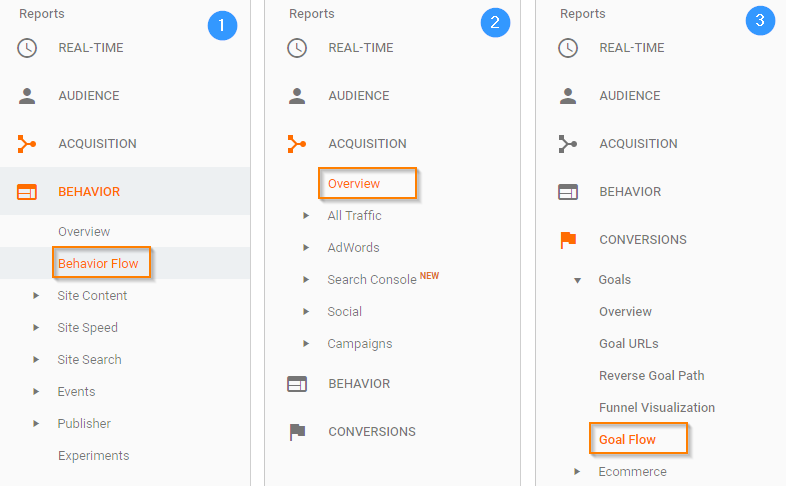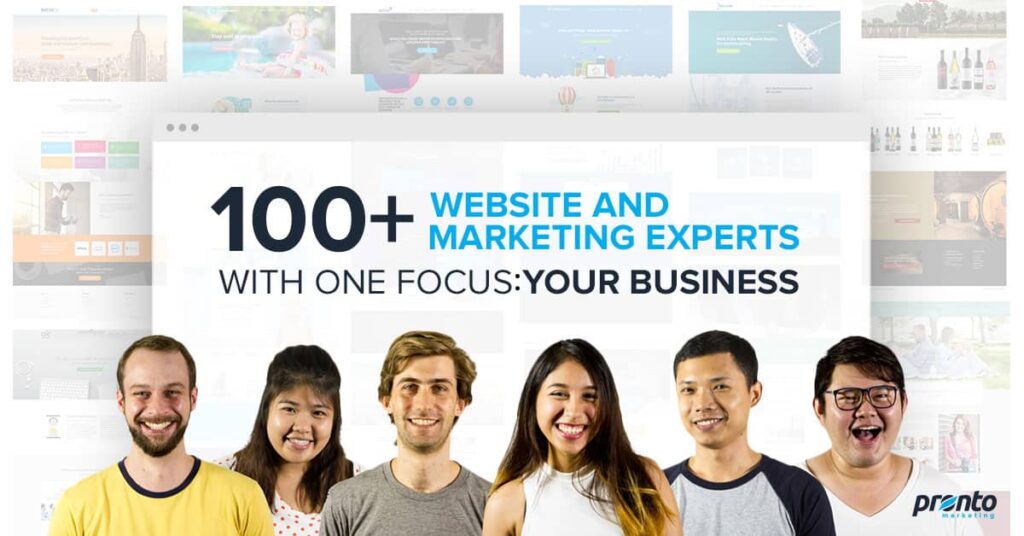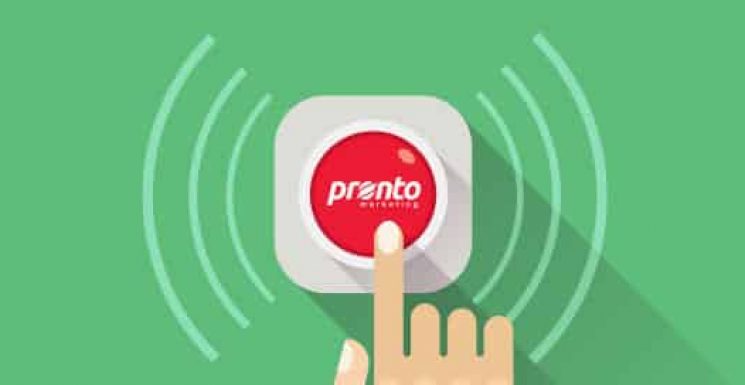Business owners who think their education stopped the moment they finished college or grad school are in for a big shock. Learning new trades is critical to staying ahead of the competition, and in today’s lesson, at the top of Google’s results page.
The goal of today’s 15-minute Pronto Marketing course is simple: teaching you how to double your AdWords conversion rates.
Seem a bit overambitious? Maybe. But every single day we transform AdWords accounts from run-of-the-mill campaigns to money-making rockstars, and there are a few bits of wisdom we can share with you without giving away our trade secrets.
So, grab your backpacks and binders — class is in session!
Chapter 1: Reverse-Engineer the Path of Purchase
If we weren’t trying so hard to impress you, we’d just call this trick, “start from the end.” You need to focus on customers who converted, and work backwards from whatever it was that finally convinced them to what initially enticed them.
This is a killer strategy for choosing unique keywords, writing better ad copy, and tweaking your landing page; all while keeping a watchful eye on your end game: more page visits.
Think about the questions that clarify who your converted customer is:
- Who wants what we’re selling?
- What need are we fulfilling?
- Why is our product better than our competitors’?
- What can we offer to make someone want to give us a test drive?
They may seem broad, but you need to be able to concisely answer these questions to determine high-performing keywords and phrases.

Chapter 2: The “Remarketing Reminder”

For example, if you know (from the Behavior Flow) that the average purchaser spent 5 minutes on your site, set up your remarketing ads to target only those who didn’t take action and spent 5 minutes or more on your site.
If you feel comfortable with that and you have a broad range of products and services, try experimenting with remarketing ads based on rules associated with specific pages and offers.
Chapter 3: Test Your Landing Page
Here’s a scenario: You’ve exhaustively researched your keywords and your competitors’ sites, you’ve fine tuned your ad copy, and your data shows that you are attracting highly qualified leads…but conversions are low or non-existent.
Not sure what’s going on? Check your bounce rates, session times, and percentage exits. If you are seeing high bounce rates and short session times…your landing page isn’t sealing the deal.
Remember the old saying: You can lead a horse to water but you can’t make it drink? It’s the same idea here. Sometimes something as simple as the CTA placement, shape, or color can make all the difference in the world. No matter how great your product or service is, it’s a buyer’s market and your website needs every aspect of the design to be spot on.
Chapter 4: Chain of Relevancy
Always make sure there is a strong chain of relevancy running from search keywords to ad copy to landing page copy. When all these are aligned, clicks will make a meaningful impact on your Quality Score. And considering Google’s Quality Score is what the search provider uses to measure how effective your pay-per-click campaigns are, keeping everything in sync is about more than just coherent copy.

If a Pronto lead searches for “managed online marketing”, our ads must focus on “managed online marketing” and our landing page has sell me…well, you get the idea. This is a great way to utilize AdWords’ “dynamic keyword insertion” (DKI) feature, which allows you to insert a placeholder into your ad headline that automatically displays whatever phrases a user searches in addition to your keyword.
When used expertly, DKI can increase relevancy and improve Quality Scores. But regardless of whether or not you use this method, you absolutely must create a clear path that leads from your search keywords, to your ad copy, to your landing page.
Chapter 5: The Importance of CTR
Click-Through Rate (CTR) is the ratio of users who click on an AdWords link over the total number of visitors to your site. The more compelling and relevant your AdWords copy is, the higher your CTR — simple as that.
Your CTR can be improved by tweaking your ad copy, headline, and placement. For example, AdWords recently announced that ad groups should always be running at least three ads to achieve ad rotation goals (optimizing for clicks, conversions, etc). In other words, you should run an A/B/C tests and drop the worst performing ad after noticeable trends emerge.
Class Dismissed!
Depending on your industry, you may have had issues with “overexplaining” to your clients. We have, and that’s why this is a “101 course.” These tips and tricks are meant to target the intersection of useful and easy to grasp. CTRs, DKIs, and Behavior Flows are simple concepts, but they’re not exactly “when you have a couple minutes” tasks.
The Pronto Marketing team recommends getting acquainted with the AdWords program by reading our blogs, exploring the dashboard, and rereading your existing copy for inconsistencies and missed keyword opportunities. Once you’re more comfortable with AdWords and how it applies to your business, consider partnering with Pronto to ensure your campaigns are getting daily attention. You still retain as much or as little control over your copy as you’d like, and you get 24-hour-a-day, 5-days-a-week support from certified experts. Start working with us today!
Need some help?

If you feel confused or overwhelmed, don’t be. Pronto has you covered. With over 1500+ WordPress websites under our belt, we can help you with all your WordPress needs and more. From Adwords all the way to integrating platforms.
Schedule a call with one of our Pronto Experts and learn how we can secure your website and marketing so you can focus on your business.


